Exploring Dolceacqua: A Journey to the Bridge and Doria Castle
Our group continued to discover hidden gems that many Americans have yet to visit. One of my personal favorites is the quaint hilltop town of Dolceacqua, tucked away from the Ligurian coast. Join us on this adventure.
During our visit to Dolceacqua, we were transported back to medieval times. In the 11th century, it was known as Dulzana, and it was here that Oberta Doria began building the castle atop the hill. This marked the founding of his dynasty, which later extended to Ventimiglia, culminating in the legacy of Andrea Doria, a notable descendant from Dolceacqua.
The House of Savoy took control of Dolceacqua in the 1500s, although the Doria family continued to play a significant role in governance until the late 17th century.
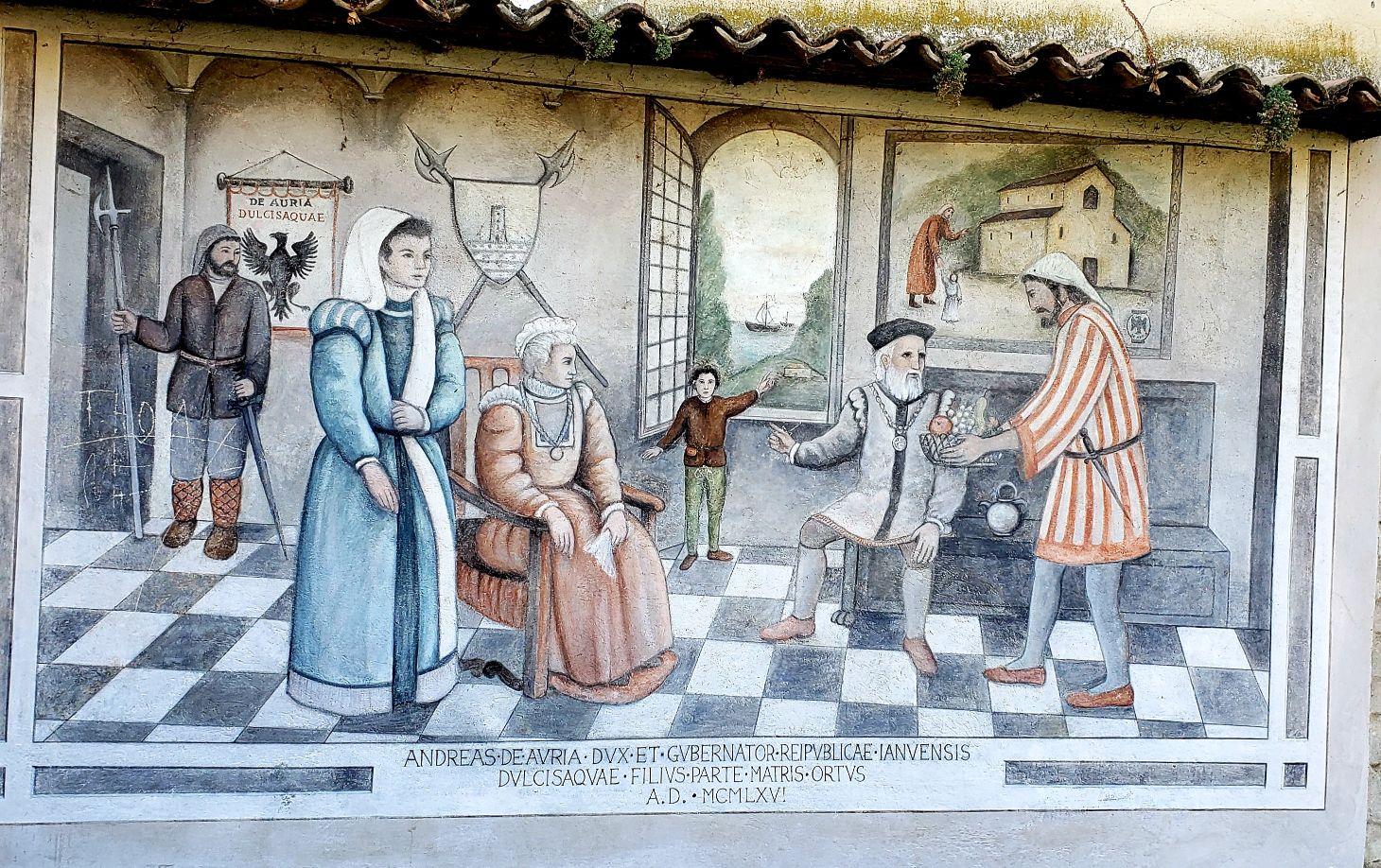
A captivating portrayal of the Doria family.
What I find most enchanting is wandering through the caruggi, or sacagasse as they are called in the local dialect—these narrow, winding streets exude charm. A gentle breeze flows through the town, with the high, adjoining homes providing shade from the sun.
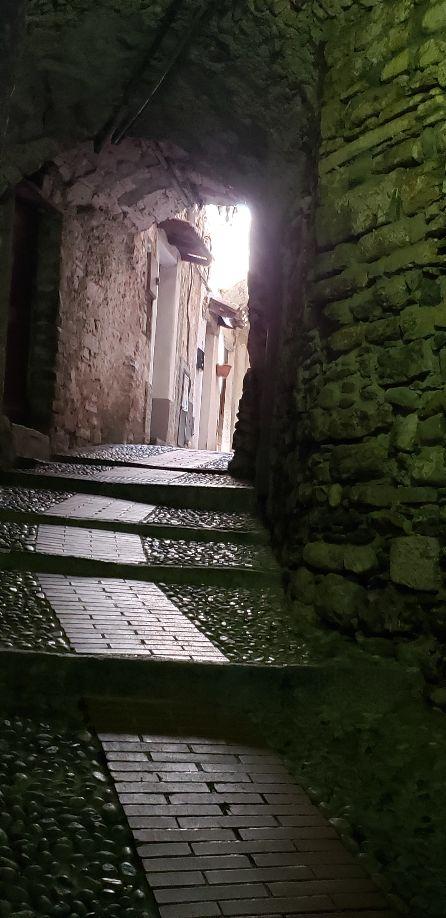
A magical stroll through the town.
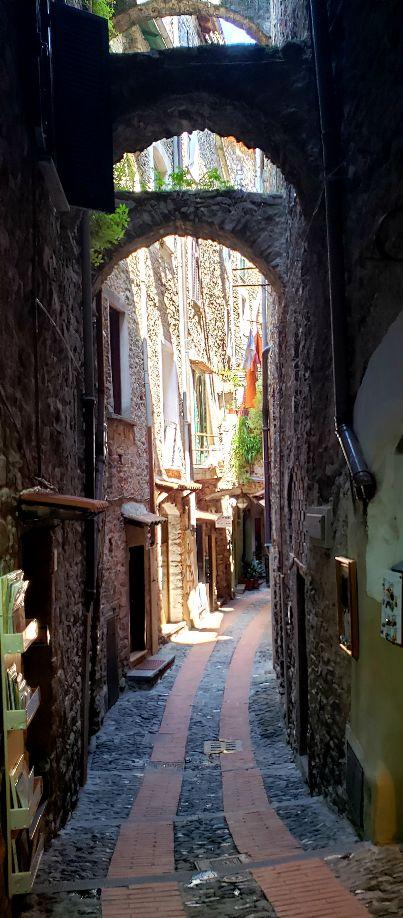
The arches overhead support the walls of the surrounding buildings.
Here’s a snapshot of some of our group as we make our way up to the castle.
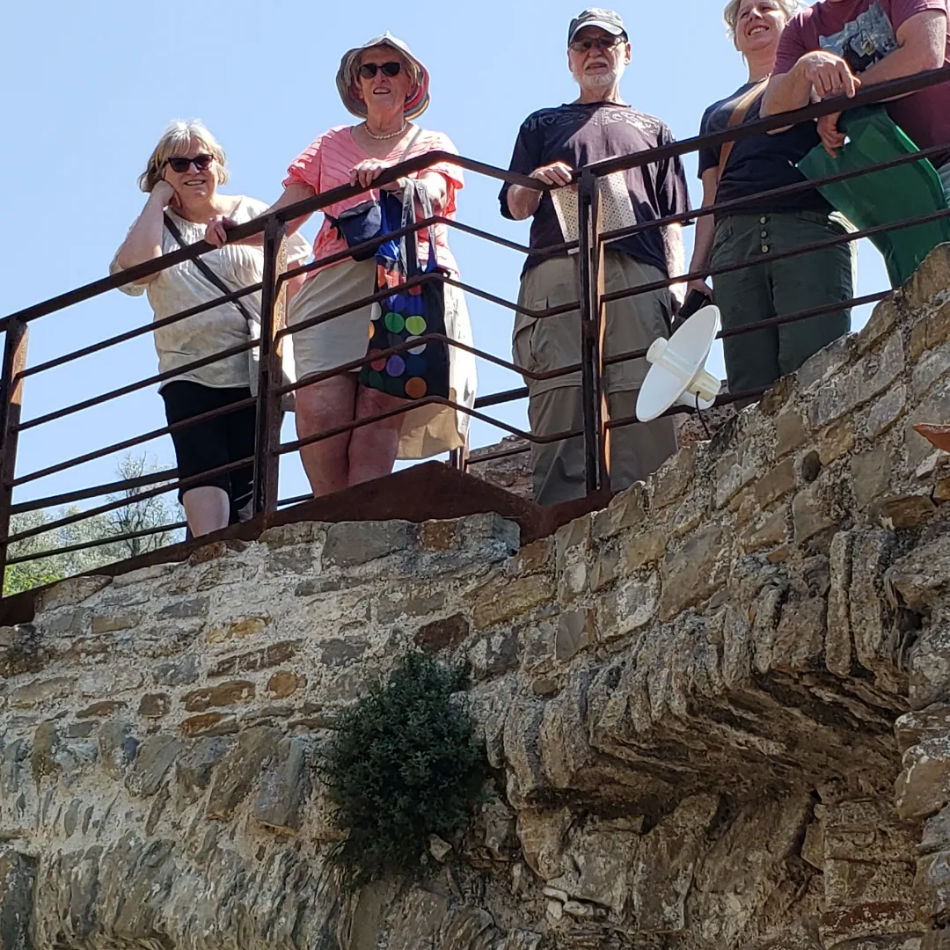
We wandered freely, uncovering charming corners of the town.
I discovered more than one painted medieval warrior guarding the castle walls.
There are two intriguing tales surrounding Dolceacqua—one possibly a fable and the other grounded in truth.
In the 1800s, renowned Impressionist painters Renoir and Claude Monet resided in Dolceacqua. Monet was particularly inspired by the iconic stone arch bridge, creating five paintings of it.
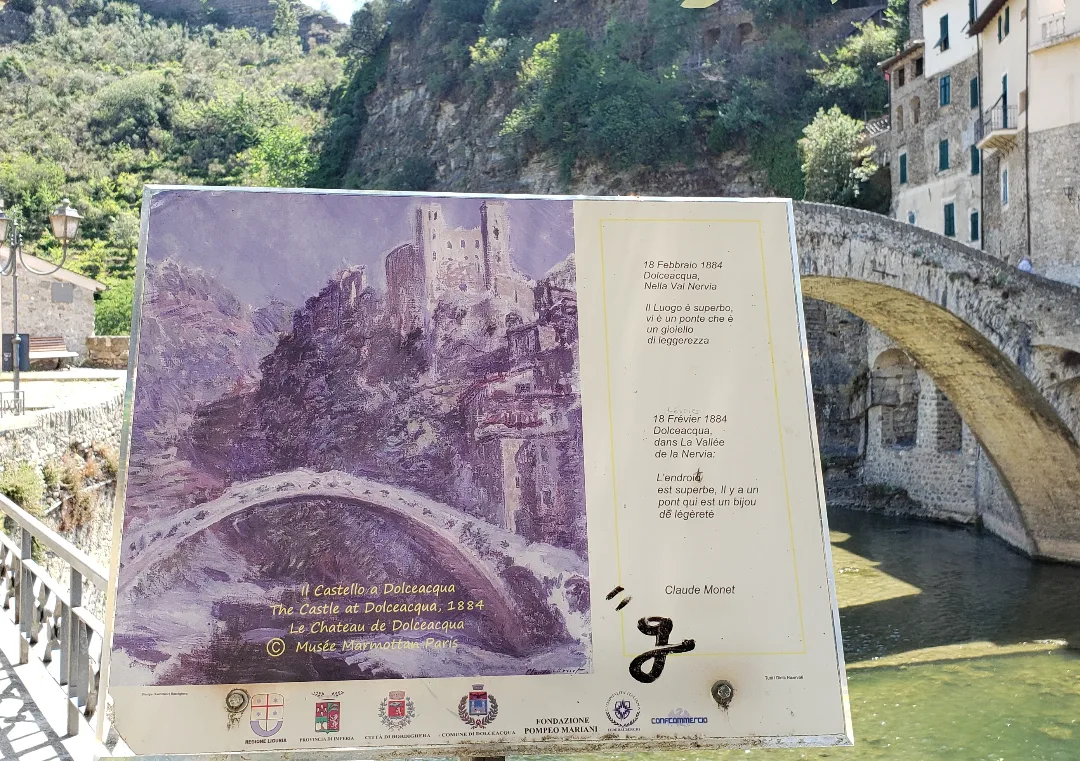
This is the exact spot where Monet set up his easel.
The second tale is a more traditional one. In the Middle Ages, there was a notorious practice known as Prima Notte, where the ruling lord would claim the right to sleep with a newlywed bride before her husband. When Lucrezia and Basso attempted to elope, they were pursued by the lord’s men. They captured Lucrezia and dragged her back to the castle. Rather than submit to the lord, she chose to starve herself to death.
This act of defiance sparked a revolt among the townspeople, leading to the abolishment of the cruel tradition. In honor of Lucrezia, an annual celebration takes place in mid-August. Additionally, a cookie known as Michetta was created in her memory, enjoyed in Dolceacqua even 700 years after her sacrifice.
On a culinary note, we all agreed that one of the finest meals we shared was at Casa e Bottega in Dolceacqua.
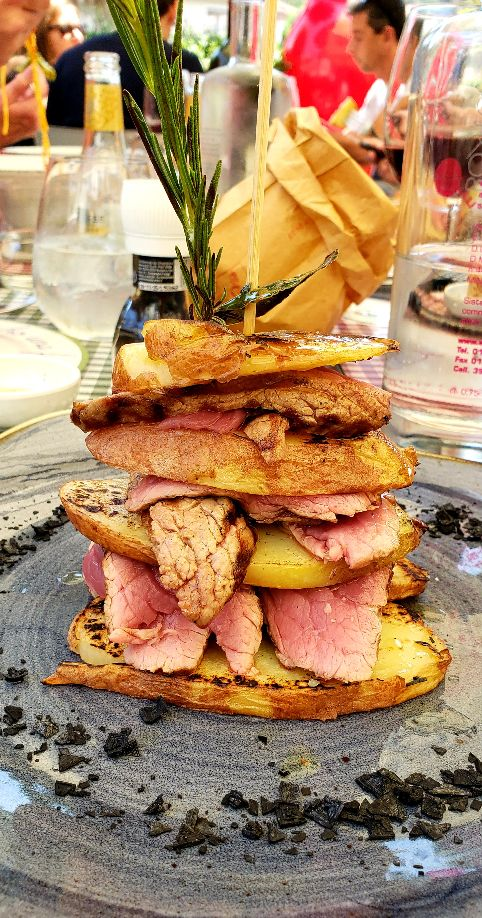
This tantalizing stack of beef was both tender and delicious.
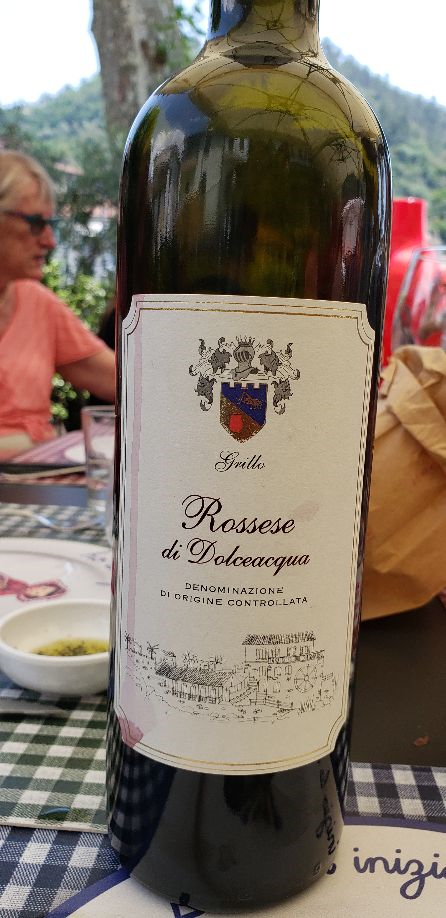
Deb Larsen pointed out that the lovely wine shown above was the first-ever DOC wine in Italy.
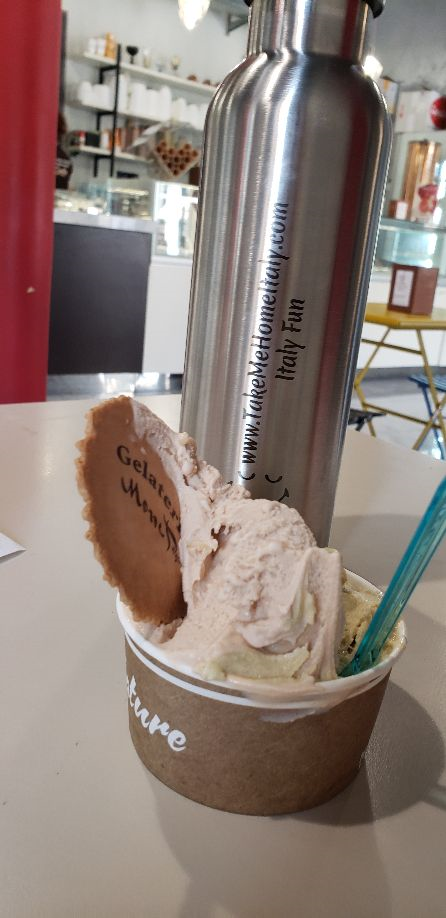
We all indulged in delightful gelato to cap off our Dolceacqua experience before boarding the bus to our next destination.
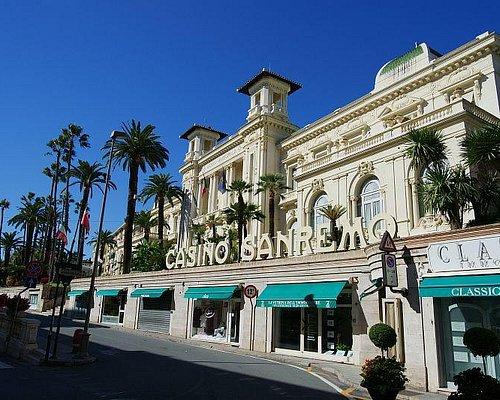
Special thanks to TripAdvisor for the photo above of the Sanremo Casino.
Next, we ventured to a very different town in Liguria known as Dei Fiori, famous for its stunning flowers. It is also renowned for its Casino and the 75-year-old music festival celebrated in Sanremo, which has gained fame across Europe and the globe.
Sanremo’s coastline is lined with beautiful beaches, a long bike path perfect for cycling, and astonishing views. In the late 1800s and early 1900s, British and Russian visitors discovered the joys of Sanremo’s mild winters and serene lifestyle.
Our exploration began with a visit to the Russian Orthodox Church in town.
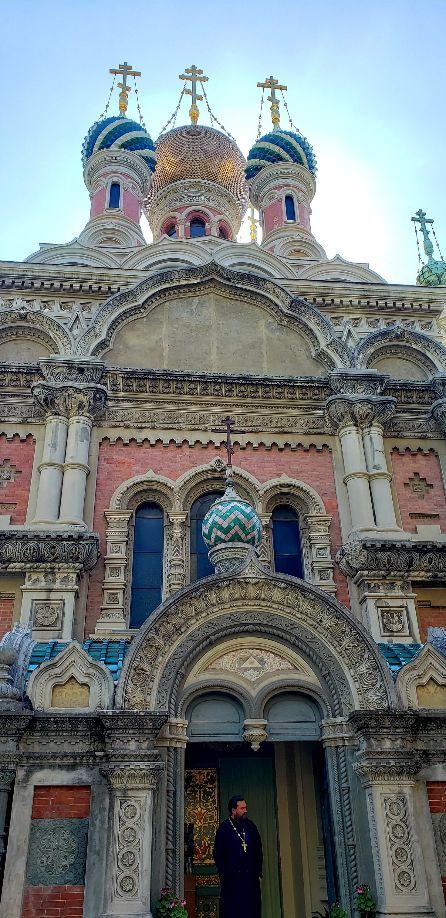
The artwork inside is incredibly intricate and visually appealing.
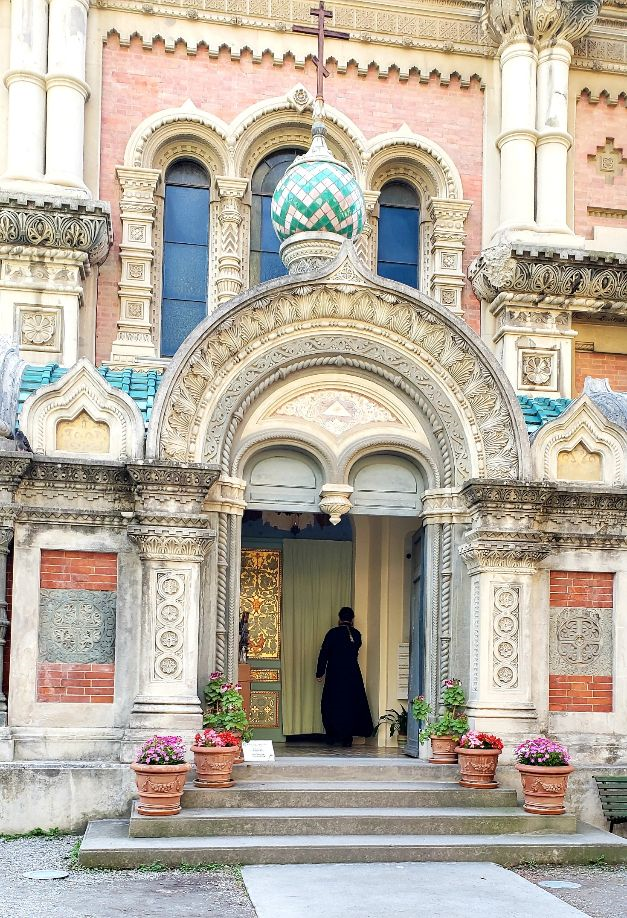
It’s a treat for the eyes.
Inside, the atmosphere is distinct from other churches typically found in Italy.
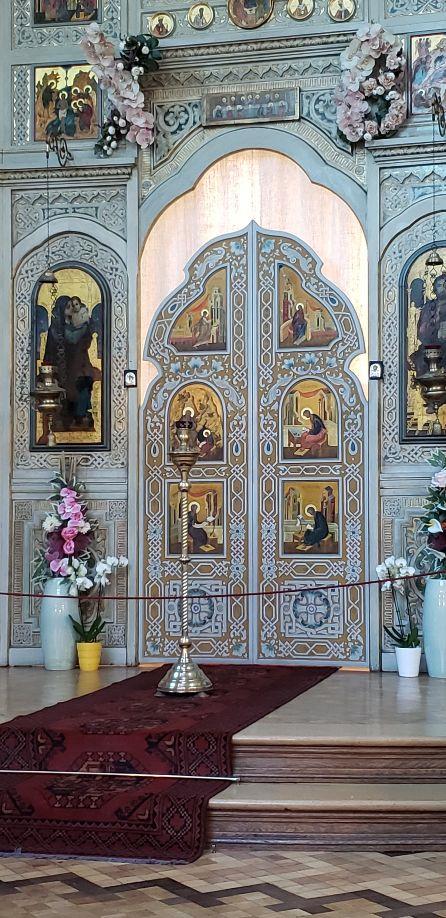
The ornately designed altar protects the sacristy behind the intricately decorated blue doors.
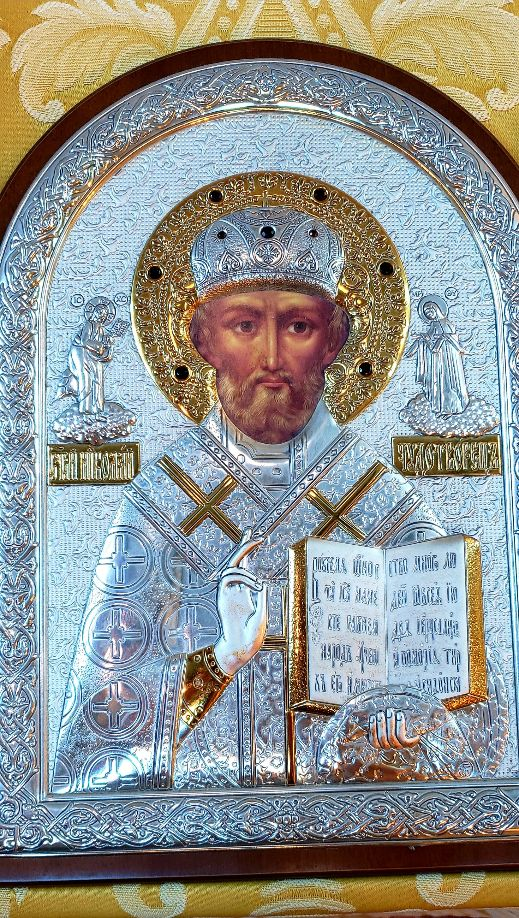
Such beauty surrounds you here.
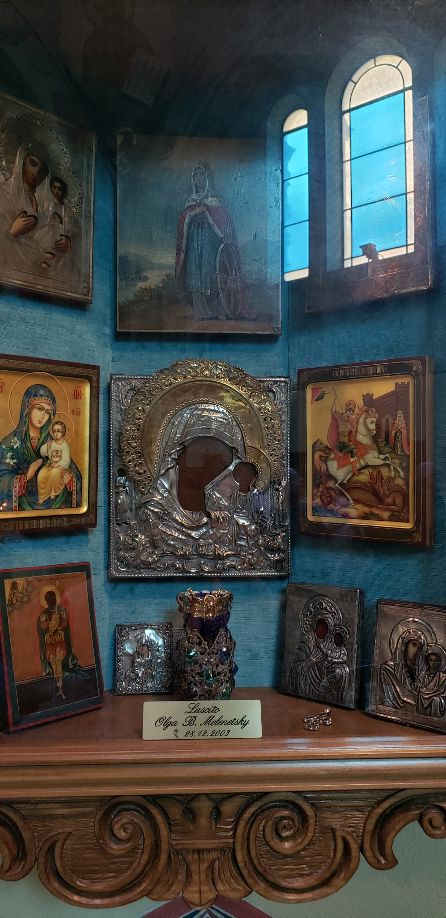
Beautiful artifacts, including a striking Black Madonna.
It was a serene escape from the bustling atmosphere of San Remo.
After leaving the church, we explored the exterior of the San Remo Casino. Although none of us were high rollers, we followed our guide to the centro storico, the old medieval town.
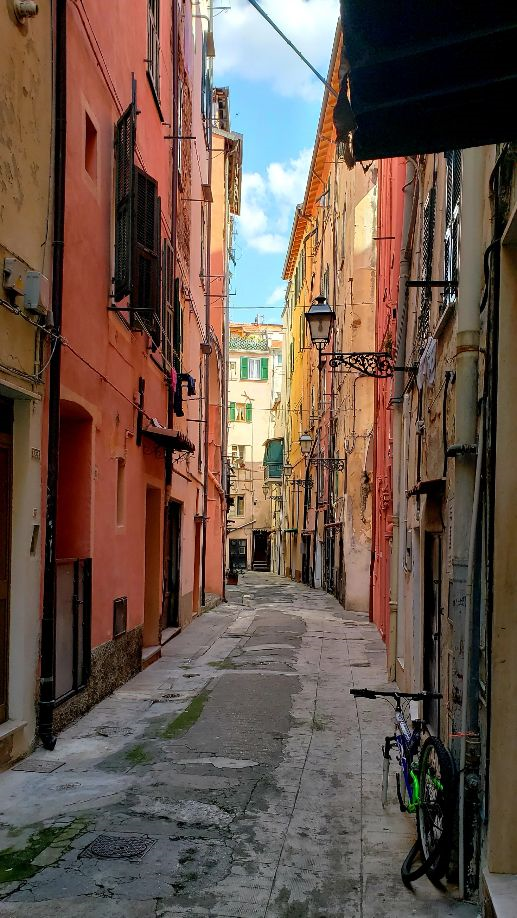
Along the way, we met an elderly woman chatting about her children who had moved away for work, yet she remains in her fourth-floor apartment. We wandered through the narrow streets lined with colorful pastel homes. This area, in contrast to modern San Remo, feels tiny and is quite an uphill trek.
We left the centro storico to stroll down Giacomo Matteotti Street, a pedestrian-only area filled with high-end shops reminiscent of Rodeo Drive in Beverly Hills.
One interesting feature is the names of Sanremo Festival winners, which have been engraved into the centerline of the street for the past 75 years.
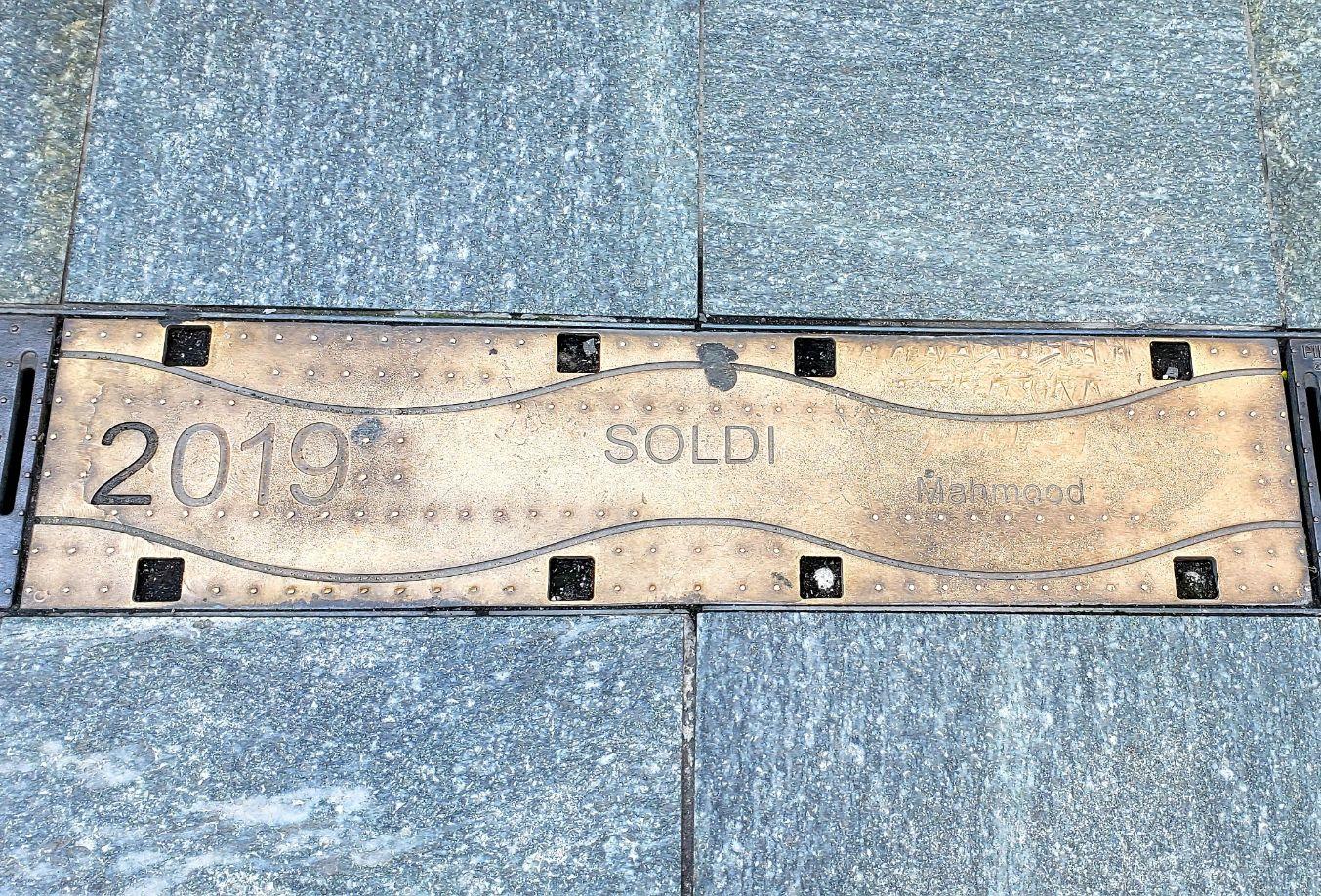
Mahmood, the 2019 winner, has since experienced remarkable success across Europe and beyond.
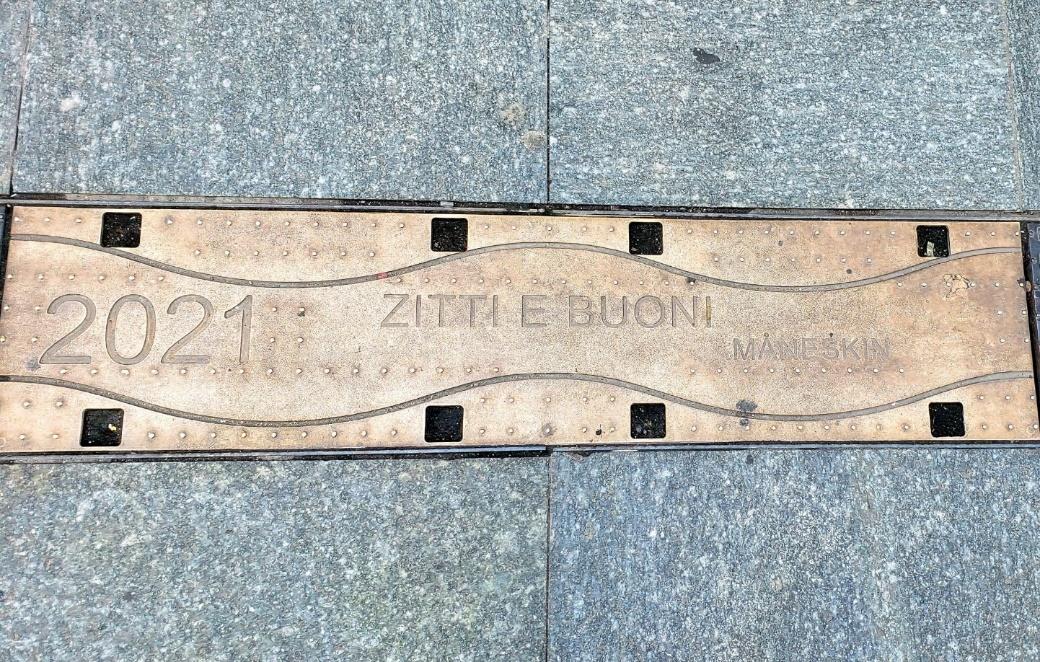
Maneskin claimed victory in 2021 and has since become a global sensation.
I personally enjoy both of these talented artists.
The Sanremo Festival’s original claim to fame stems from the 1958 winner, who sang the song “Volare,” which gained international acclaim. I found it exciting to see the walkway reminiscent of the Hollywood Walk of Fame.
Once our half-day tour concluded, we each set out to explore as we wished. Many of us chose to sit by the sea, savoring a leisurely late lunch and a refreshing beverage. The sea, as always, was mesmerizing. I could comfortably spend an entire day enjoying the coast.
I have even more tales to share from our adventure through Liguria’s hidden treasures. Join us for another journey soon to uncover more of the enchanting Hidden Liguria.
A dopo!



